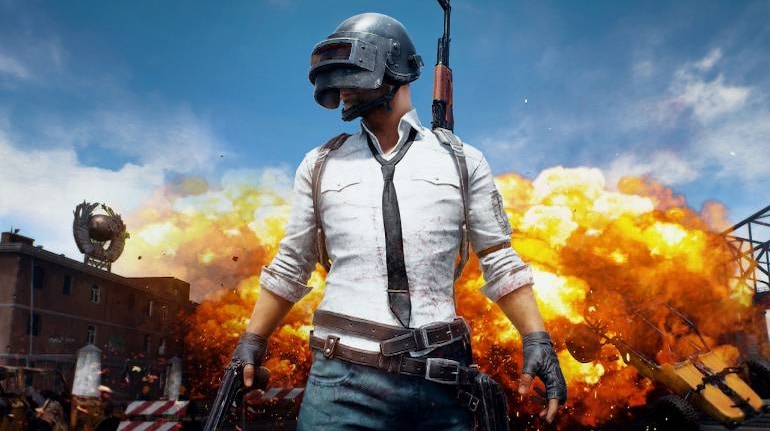



Online games such as PUBG, Minecraft, Fortnight Battle Royale, League of Legends, Counter-Strike, World of Warcraft, and Clash of Clans have seen increased traction during May – when the country was under the coronavirus-driven lockdown – a SEMRush study has shown.
As many as 22 lakh people played PUBG in May, followed by Minecraft which was played by 8.2 lakh Indians. Other games include Fortnight Battle Royale, League of Legends, Counter-Strike, World of Warcraft, and Clash of Clans which was played by 8.5 lakh, 1.5 lakh, 1.5 lakh, 1.1 lakh, and 1.1 lakh people respectively.
Not just games, many Indians are participating in online tournaments as well.
From January to April, number of searches for tournaments like International, Fortnite World Cup, Counter-Strike, Pokeman World Championships, and League of Legends World Championship increased by 81 percent, 22 percent, 84 percent, 255 percent and 50 percent respectively.
When it comes to consoles, Nintendo Switch was the most searched in April with 1.1 lakh searches, followed by Xbox 1 and Playstation 4 with 0.49 lakh searches each, and Wii u with 0.02 lakh searches.
The study also saw significant rise in online searches for Mobile Premier League (MPL).
From January to April 2020, there was a 406 percent increase in the number of searches on MPL, the study said.
Coming to mobile games, India’s favourites are PUBG Mobile, Subway Surfers, Ludo King, Garena Free Fire, Temple Run, Angry Birds, and Clash of Clans which were searched 10 lakh times, 8.2 lakh, 18 lakh, two lakh, 2.4 lakh, 1.6 lakh, and 1.1 lakh times respectively from January to April this year.
There is no denying that Indians are spending a significant amount of time during the coronavirus-driven lockdown in playing online games.
According to recent Nielsen data, time spent on playing online games has increased by 44 percent in the week starting May 16. During the pre-COVID period (week of March 16), this increase was at 11 percent.
It was in the week starting April 25, when online gaming saw its peak, with time spent on smartphone per user increasing by 62 percent, as compared to the pre-COVID-19 period.
Discover the latest Business News, Sensex, and Nifty updates. Obtain Personal Finance insights, tax queries, and expert opinions on Moneycontrol or download the Moneycontrol App to stay updated!
Find the best of Al News in one place, specially curated for you every weekend.
Stay on top of the latest tech trends and biggest startup news.